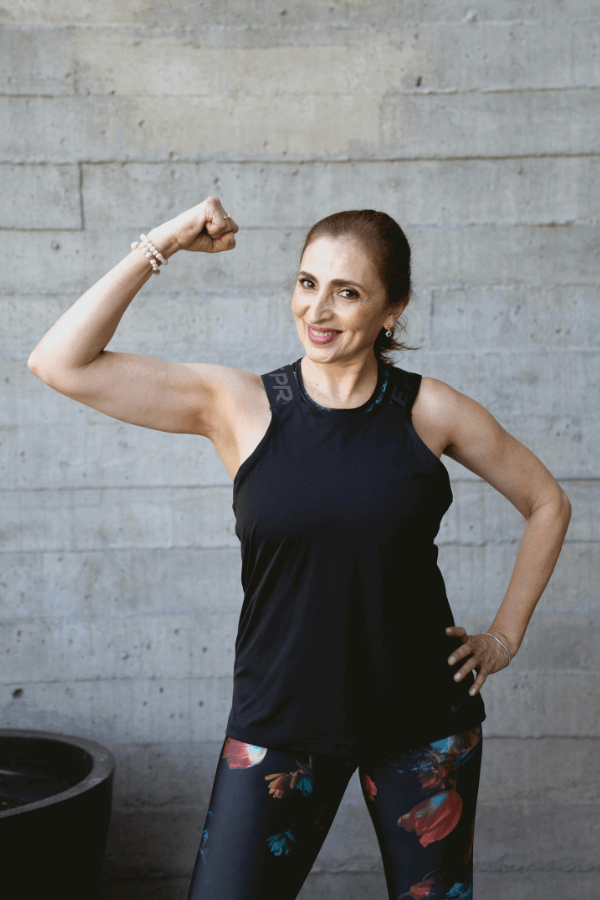March On: Small Steps to a Stronger, Healthier You

When working with people, my focus tends to center on what you put in, on, and around your body. We talk about what foods will support their well-being, how they may benefit from supplements and herbs, and how environmental toxins affect their health. However, I have come to realize that exercise is equally, and some experts say, more important for optimal health. I am certainly not an exercise expert; I am not a yoga instructor or personal trainer, and of all the things I have struggled for consistency within my own health journey, it has been exercise. Beyond the physical benefits of exercise, a vast array of mental health benefits exist. Exercise helps maintain and strengthen our vital organs like the heart and lungs. Exercise helps with metabolism, builds muscle and bone strength, and aids with balance, especially as we age. Where brains are concerned it helps improve mood as it releases those natural endorphins helping us to manage our stress and even has been shown to improve cognitive function.
I have learned the key to exercise is finding things that you like to do and being consistent. The key to exercising regularly lies in a combination of motivation, consistency, and creating a routine that works for you. Here are a few tips to help build a consistent exercise habit:
- Set Realistic Goals: Start with small, achievable goals that will give you a sense of accomplishment and keep you motivated to continue. Deciding to go on a 6-mile hike if you have been sedentary for the past 10 years is not an achievable goal. Start with a mile and add on as that mile becomes easy.
- Make the activity fun: Whether running, swimming, yoga, or dancing, make sure it excites you so you’re more likely to stick with it. I HATE running and always have. Dancing makes me feel joyful, so finding a playlist and moving and grooving is one of my activities. I have even found that dancing on my vibration plate ups the game!
- Schedule It: Treat your workouts like any other necessary appointment. Putting it on your calendar helps make it a priority and keeps you accountable.
- Mix It Up: Varying your activities prevents boredom and works different muscle groups. Mixing it up is also essential to achieve different things. Yoga is great for flexibility and balance, weight training for strength and bone density, and walking, running, or dancing helps with our aerobic capacity. ALL are important as we age.
- Snag a friend: Find a workout buddy or join a class. Exercising with others can make it more enjoyable and create an added layer of accountability.
- Adding Short Exercise Bursts: There was an Instagram video my niece with small children sent me of a woman who did 10 squats each time a child called Mom. Finding places in your day to do small movements adds up and can make a big difference. Habit stacking can go a long way to adding short exercise bursts to your day. For example, try adding some balance moves while brushing your teeth. I try to do wall or counter push-ups while waiting for the kettle to boil and do neck or arm stretches while online at the grocery store. Keep a set of weights handy and do some arm curls while binging that Netflix series.
Exercise is one of the most effective ways to boost your physical and mental well-being. It might take time to form a consistent routine, but consistency is key. It doesn’t matter if you run marathons or enjoy a gentle walk in the park—every little bit counts, and the results on your well-being for the long term will be worth it! Where can you put a bit more movement in your day?
If you’re ready to make movement a more consistent and enjoyable part of your life, I’d love to support you! Whether you’re looking for simple ways to stay active, need motivation to stick with a routine, or want to explore fun ways to move your body, I’m here to help. Reach out for personalized guidance and practical tips to build an exercise habit that fits your lifestyle. Let’s march on together toward better health and well-being!
